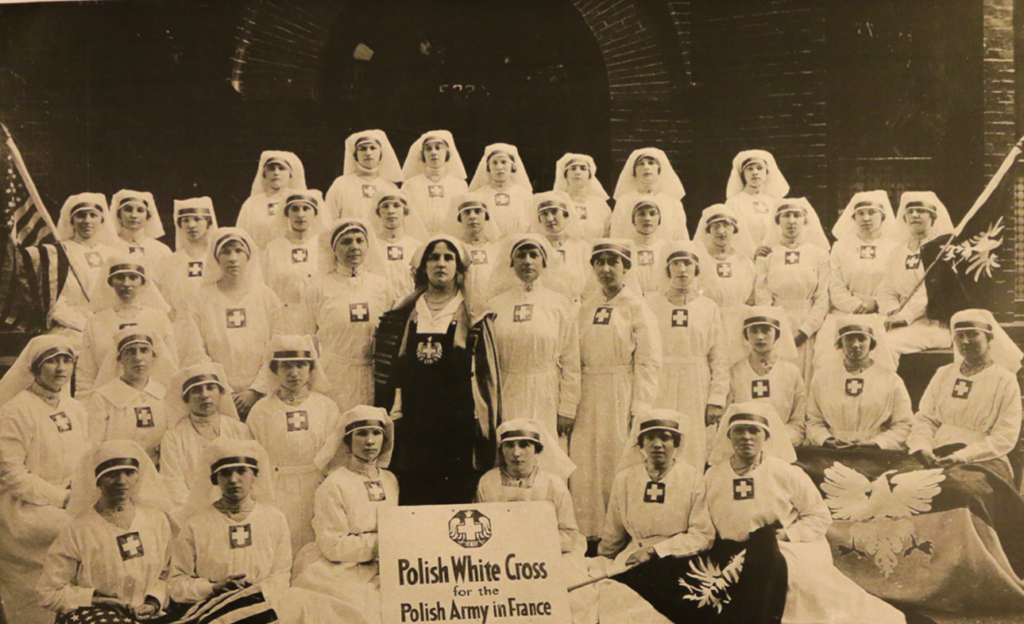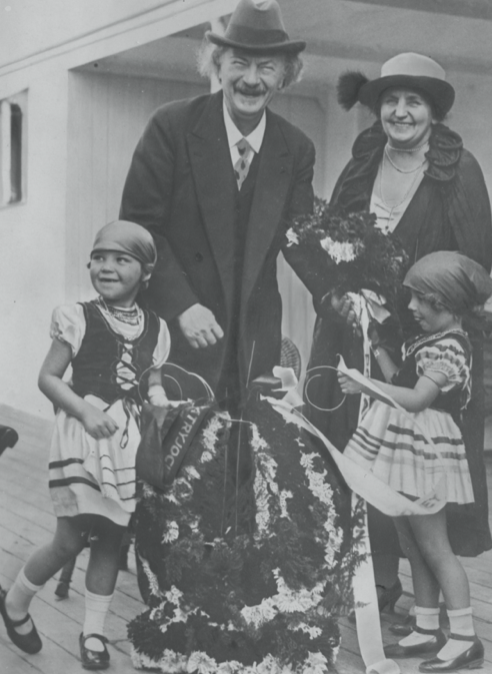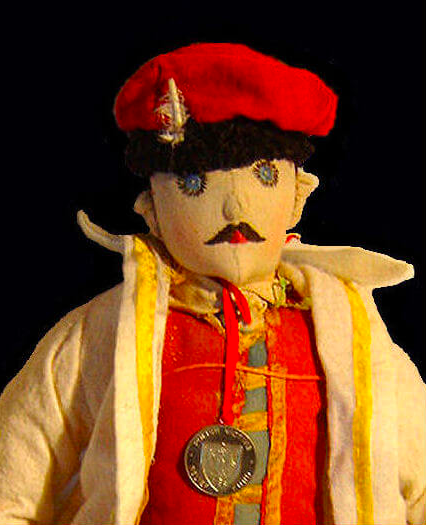Independent Poland 1918-2022
In 2018, 100 years have passed since the establishment of the Polish White Cross, an organization of important importance during the interwar period. The founders were Ignacy and Helena Paderewski, who lived in the United States for many years.
During World War I, the most important thing for the Paderewskis was to help Polish soldiers fighting in Europe and their relatives. The Paderewskis were strongly associated with Polish organizations, which turned into the Polish Central Rescue Committee. Despite their great involvement, they still wanted to help Poles, so they founded a new organization with similar ideas and activities to the Red Cross. The Red Cross was active in many countries, helping those in need. In Poland, there were far-reaching plans to create the Polish Red Cross, but the formalities turned out to be more important than help, due to the fact that Poland did not exist, it was under partitions. And it was this that inspired the couple to create the Polish White Cross. At the turn of January and February, at the Gotham Hotel in New York, a resolution was passed to establish an aid organization. The headquarters were moved to Chicago, and branches in Canada were established.

The hallmark and symbol of the organization is a white cross on a red field. It was used on banners, postage stamps, paramedics’ uniforms, official writings, and even on children’s toys. The Polish White Cross lit a spark of hope for regaining independence. At the same time, the president of the United States was Woodrow Wilson, who included in his peace program that it was necessary for an independent Polish state to be established. In 1917, the Polish Army was formed in France, and shortly thereafter, the m.in. Thanks to Ignacy Paderewski, nearly 25,000 Poles living in the United States joined its ranks. Many of them could not even speak their native language, but they left anyway to be under the command of gene. Józef Haller to fight for an independent and free Poland.
Fundraising to help Poles was organized in various ways, but the most popular was the sale of dolls specially sewn for this occasion, which are still called “Mrs. Paderewska’s dolls”. Helena Paderewska, with the help of Stefania Łazarska, a renowned painter, began to activate artists all over the world to create artistic projects of applied art. Stefania Łazarska, together with Maria Mickiewiczówna, the eldest daughter of Adam Mickiewicz, founded the “Polish Artistic Studio” (AAP – Ateliers Artistiques Polonais) and started producing rag dolls. The idea turned out to be a great success. The first “Polish” doll was personally designed by Łazarska and made of materials cut from the artist’s clothes. French stores, having learned how many well-known Polish artists were involved in their production, responded with great interest. In a short period of time, there was a surprisingly rapid increase in doll sales. Twenty artists started their work, and after a few months 50 people were already producing Polish rag dolls and wooden toys.
In March 1915, the puppets were presented to Helena Paderewska, gaining her recognition and a promise to take care of the fate of these “children of emigration”. In the summer of the same year, Paderewska left for America, after which she requested that her puppets be sent to New York. After receiving a shipment of 1000 dolls, she presented these artistic designs to her American friends. In America, they were called “Madame Paderewski’s Dolls”.

American artists, writers and critics liked the puppets and their mission, and they expressed it in numerous, richly illustrated articles and American magazines. The demand for these dolls grew so much that the entire colony of Polish artists in Paris at that time was exclusively engaged in the production of dolls, ensuring a steady income. However, it should not be imagined that the sale went smoothly and was easy. Helena Paderewska personally presented this “child of Polish emigration” to those interested, and many of the funds that contributed to this noble cause were the result of her dedication and perseverance. U.S. auctions raised $25,000, selling about 10,000 dolls. Doll prices ranged from $4 to $15. The atelier in Paris was a place of refuge for all sorts of people – university professors, newspaper workers, lawyers, blind and mutilated soldiers, children. All have found bread and shelter until “better times” come. “I am very happy ,” Ignacy Paderewski told his wife, “thatbecause of these dolls, the flower of Polish youth is able to survive and the lives of many Polish children have been saved.”
Today, Helena Paderewska’s famous dolls can be seen at the Polish Museum of America in Chicago. The permanent exhibition dedicated to Ignacy Jan Paderewski presents three dolls, including one dressed as a nurse of the Polish White Cross. All of them are an expression of the idea of helping the Polish society, Helena Paderewska’s passion and the involvement of the Polish American community in the organization of this help.

Learn more
Sport after regaining independence
Ignacy Mościcki. How did the king of nitrogen become president?
Source:
http://pck.malopolska.pl/64-czy-wiesz-co-to-byly-lalki-paderewskiej/
https://niepodlegla.gov.pl/o-niepodleglej/polski-bialy-krzyz/




